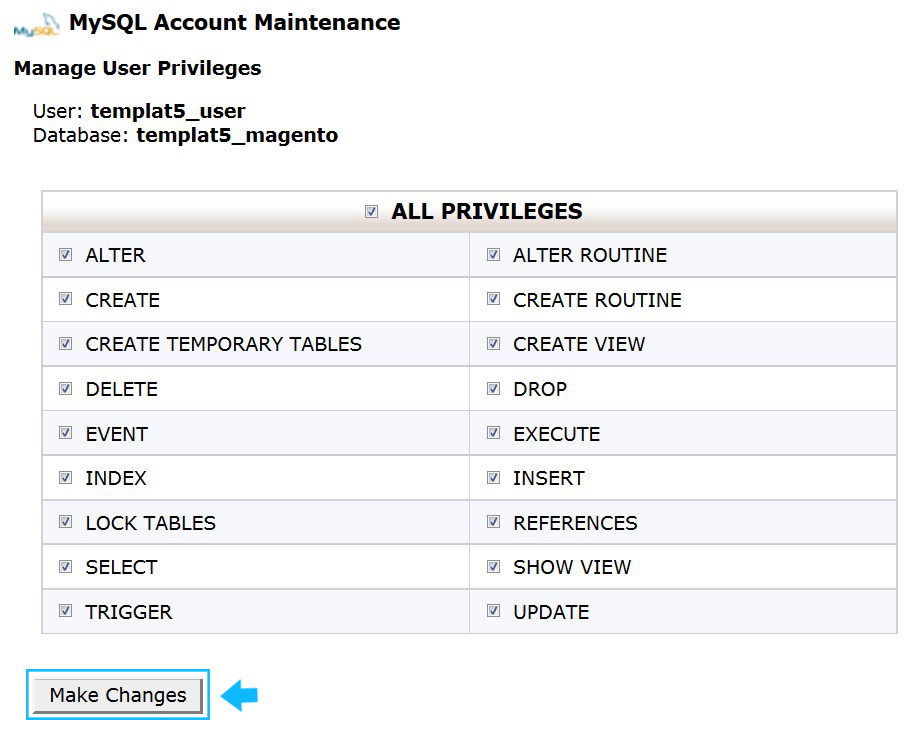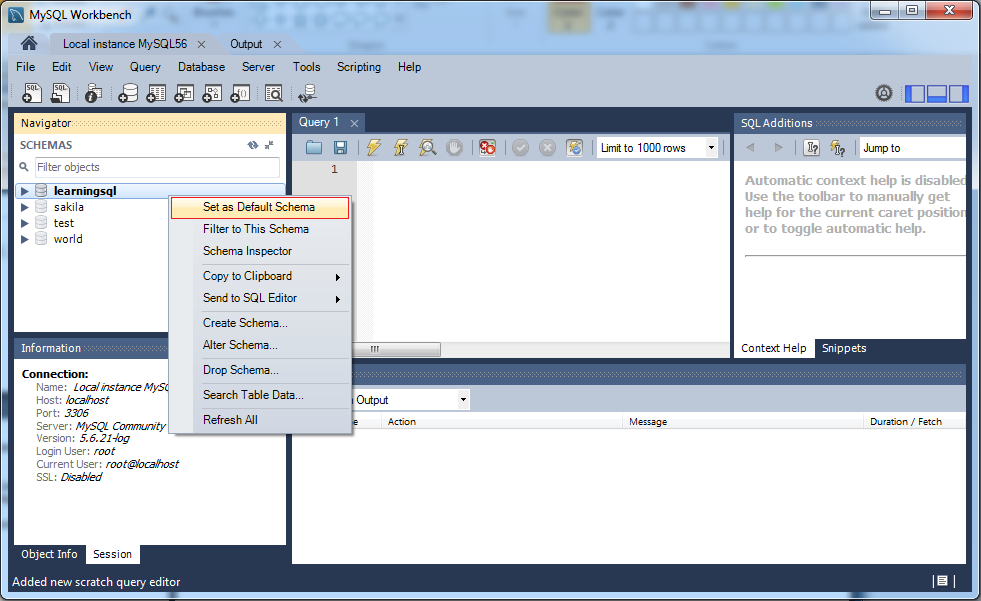

- #Create database mysql asp how to
- #Create database mysql asp code
- #Create database mysql asp trial
This is an ideal behavior for development and testing environments, where we usually want to reset/update the DB every time we need to change the way we want to store data: for these exact same reasons it should never be used in any production environment in order to avoid data-losses (a small change in one Entity class is all it will take to erase all data in the DB). It's worth to mention that a DataModel "change" everytime one or more Entity class is added, removed or modified in any way.
DropCreateDatabaseIfModelChanges: This initializer creates a new database, deleting the previous one (if any), everytime the DataModel is changed since the last initialization. This behaviour makes it an optimal choice for the production environments (where you don't want the DB to be altered by the EF6 automatic tasks) but not-so-great for the development ones (where the Database Model frequently changes). It's worth to say that if the DB is already present and it's Model differs from the one specified by the Entities, this initializer will throw an exception. CreateDatabaseIfNotExists: This is the default initialized: as the name suggests, it creates the database if it doesn't exist already. We can derive the MyDbInitializer from a number of initialization base class made available by the framework, such as: We can also see that in the constructor initializer we're instantiating an object of type MyDbInitializer, which is defined in the following class: we need this object to initialize the database the first time we launch the application and also to insert some sample record in the newly created Student table. That's because in the Entity Framework pattern each DbSet is corresponding to a Database Table, while the Entities are the table records (or rows). We can see that the MyDbContext.cs class contains a DbSet for each Entity we previously created. Let's start Visual Studio 2013 and create a new C# project just like that: 
MySQL Connector.NET 6.9.4 or higher, downloadable from the official site or using NuGet.MySQL Server 5.6 or higher, downloadable from the official site, or a free or paid access to a remotely-hosted MySQL database service of your choice.

Entity Framework 6 or higher, available on NuGet platform.NET Framework 4.5 or higher, downloadable here.
#Create database mysql asp trial
Visual Studio 2013, downloadable here (free 90-days trial edition). Let's start with a list of everything we're gonna need (and their free download links): #Create database mysql asp code
For the first steps I'm gonna quote the old good Getting started with Entity Framework 6 Code First using MVC5 available on which also holds the credits for the images I used. I wrote this simple guide for those who asked me to summarize all the required steps to build a MySQL-powered MV5 website using Visual Studio 2013 and Entity Framework 6.
#Create database mysql asp how to
There are many tutorials explaining how to do that with SQL Express available on the web, but those who want (or are forced) to use MySQL will most likely find a quite smaller amount of literature. The new features available in EF6 allow any developer to build a simple DB-powered website with very few lines of code.







 0 kommentar(er)
0 kommentar(er)
